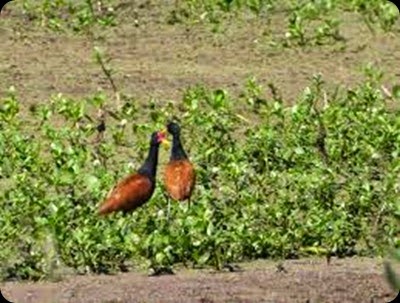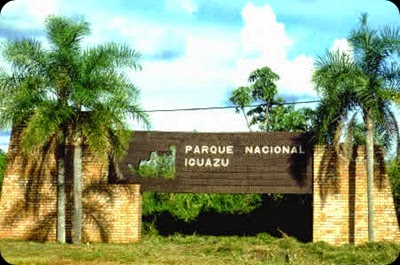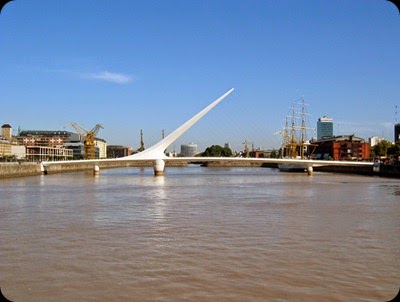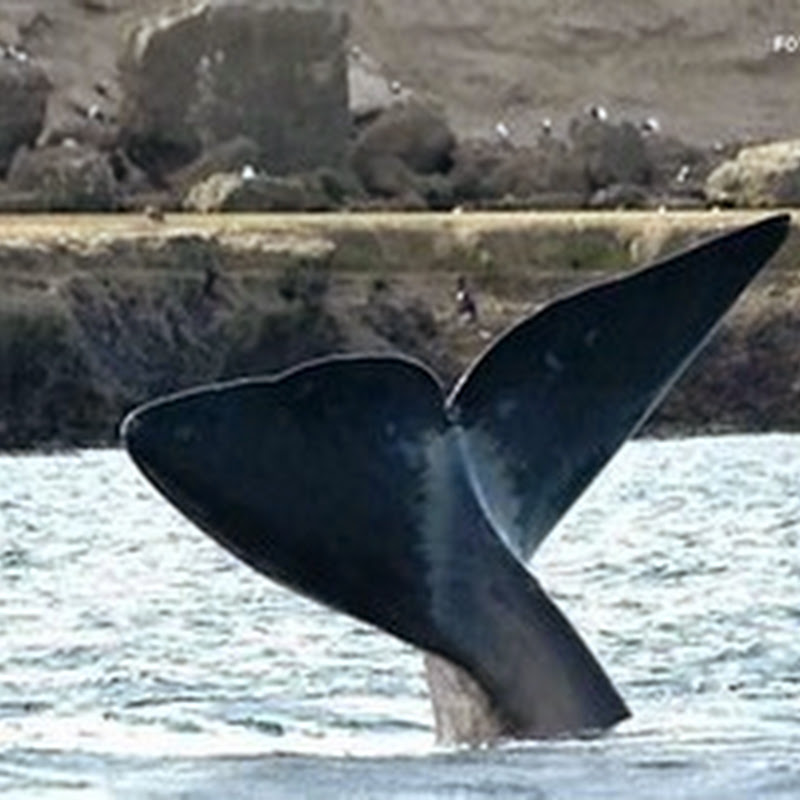Posts
Showing posts from March, 2015
The towns and cities of Argentina are numerous and varied.
- Get link
- Other Apps
The Formosa Nature Reserve surprised by the beauty of its natural contrasts.
- Get link
- Other Apps
Iguazu Falls, no maps, satellite or virtual reality can never replace the physicality of such a place.
- Get link
- Other Apps
Buenos Aires Bus a great way to see this beautiful city.
- Get link
- Other Apps
The 10 Most Popular Posts on Argentina Photo Gallery in February 2005.
- Get link
- Other Apps




